About
Ibogaine
Ibogaine is an indole alkaloid with naturally-occurring psychoactive elements that are some of the most powerful found in nature.

What is Ibogaine
Through a clinical and scientific lens, Ibogaine is an indole alkaloid with naturally-occurring psychoactive elements, found primarily in the plant species known as Tabernanthe Iboga. In the Iboga plant — which is a perennial rainforest shrub native to the jungles of Central-West Africa — the highest concentration of Ibogaine is contained in its root bark. While Ibogaine is also found in lower concentrations throughout the rest of the plant, its roots are always harvested to extract potentized Ibogaine.
But in Africa, the focus on Iboga has long been spiritual. The root is ingested for ritual and medicinal purposes by the Bwiti people of Gabon. Traditionally, the bark is eaten in its whole form — meaning it contains Ibogaine, as well as many other alkaloids.
Western use of Ibogaine
The practice of using Ibogaine alone, when isolated from Iboga’s other alkaloids, to treat substance abuse was discovered quite accidentally, and outside of Africa. In the early 1960’s, heroin addict Howard Lotsof, a self-proclaimed master of various substance experimentation, learned from a friend about the visionary properties of Ibogaine. Expecting a hallucinatory and psychedelic trip, Lotsof ingested a significant amount.
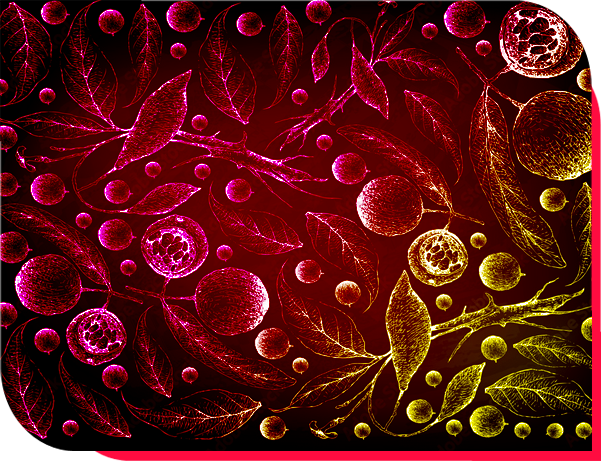
After an extremely long experience with Ibogaine, during which he perceived intensified levels of self-reflection, awareness and understanding related to his life, the unexpected happened. His experience ended, and Lotsof realized he was not feeling any cravings for heroin. Not only were there no cravings, but withdrawal symptoms and feelings of physical dependence were no longer present.
After testing Ibogaine on friends also suffering from heroin abuse with great success, he subsequently devoted his life to treating addiction in others with Ibogaine, offering guerilla-style sessions for addicts and witnessing, again and again, personal transformations and lasting sobriety for those who had been hopeless and helpless to addiction.
Noribogaine
The next notable advancement in Ibogaine treatment came in the 1990’s, when medical student Dr. Deborah Mash began drug metabolism and pharmacokinetic testing on Ibogaine. Her inquiry was, ‘How could one dose of Ibogaine reset the brain to a pre-addicted state, eliminate cravings, and alleviate post-acute withdrawal syndrome (PAWS).’
Mash’s research led to the discovery of Noribogaine, which is Ibogaine’s metabolite.
Ibogaine works by connecting with various neurotransmitter systems simultaneously. According to Mash, it has an affinity toward the sigma-2 receptor, which is associated with stimulant and cocaine dependency. Her research also showed that Ibogaine possesses an affinity toward opioid receptors and serotonin receptors, which regulate both social behavior and mood.
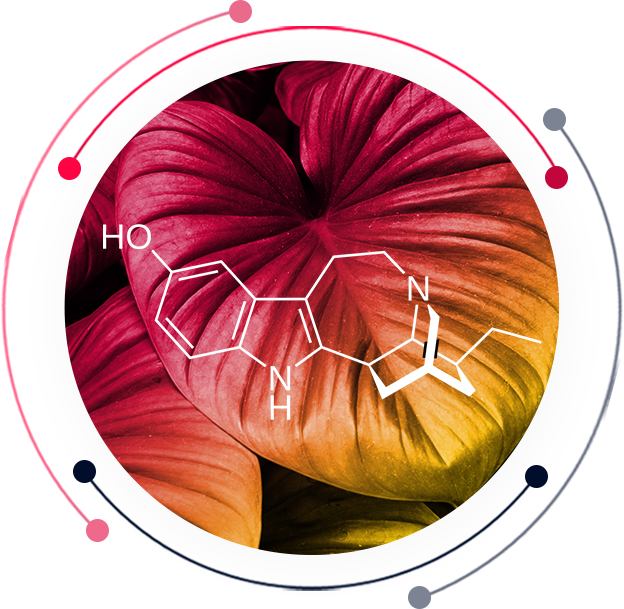
When the body metabolizes Ibogaine, it becomes Noribogaine. Noribogaine is a longer-lasting metabolite that can remain in the body for as long as four months. The length of time that this metabolite remains in the body, according to researchers, is a major factor in the success of Ibogaine treatment, as it continues to work and support a person through the first months after detox — a key duration of time when people generally return to using drugs and alcohol addiction.
Because Noribogaine ensures that serotonin is available to the brain, a person’s mood is also significantly improved, and PAWS symptoms are greatly reduced — or eliminated completely.
Mash’s research proved Ibogaine to be a natural, plant-derived, fast-acting substance that serves as an addictions interrupter and rapidly allows a person to return to a pre-addicted state, with some estimates showing that Ibogaine may alleviate up to 95 percent of symptoms that are usually linked to opioid withdrawal.
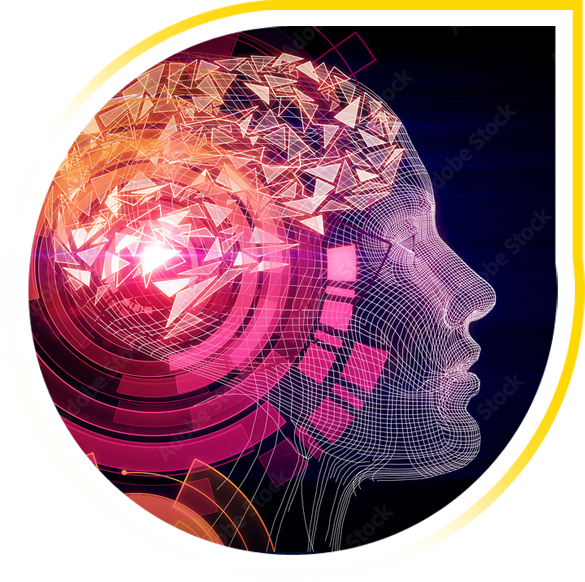
Ibogaine HCL
(HYDROCHLORIDE)
Various forms of Ibogaine are available for use in detox and addictions treatments. Ibogaine Healing Center uses only highly-purified Ibogaine HCL, which is the class of Ibogaine most commonly used in treating addiction and substance abuse issues. Formulated using hydrochloride, the final-product HCL used at Ibogaine Healing Center consists of 99.8 % pure, pharmaceutical-grade Ibogaine. This means that the Ibogaine alkaloid alone has been extracted from the full range of alkaloids found in Tabernanthe Iboga root, then isolated into a concentrated form.
HCL yields the highest percentage of Ibogaine, and clinical studies have consistently shown that the Ibogaine alkaloid is the one responsible for eliminating post-acute withdrawal symptoms (PAWS) and providing a reset of both the physical body and mind to a pre-addicted state. By isolating and purifying a potentized form of Ibogaine into HCL, we are able to maximize clinical substance detoxification by using Ibogaine in its most effective form — the form that will most benefit those seeking substance abuse treatment.
Ibogaine Healing Center only uses third-party, lab-tested Ibogaine HCL to ensure both purity and safety.
Other, non-HCL forms, which contain less Ibogaine, include:
Ground, Whole
Iboga Root
Root bark contains Ibogaine only in very small amounts, and for this fact has been shown to be less effective in treating substance abuse and relieving withdrawal symptoms.
Iboga TA
The total alkaloid extraction of Iboga, this form contains Ibogaine in addition to many other alkaloids extracted from the whole root. In its final, usable form, TA contains between 15-35 % Ibogaine
Ibogaine PTA
Known as purified total alkaloid, this form uses TA-class Ibogaine and further purifies it, yielding less of the other alkaloids, and a higher concentration of Ibogaine. PTA contains between 40-85 % Ibogaine.
When compared with the above forms, using 99.8% pure Ibogaine HCL for substance abuse has been shown to help individuals recover more quickly, and significantly speed up the detox process. When using parts of, or the whole Iboga plant, the body must break down and metabolize plant matter from the active alkaloids prior to those alkaloids being processed (including Ibogaine). The metabolization of this plant matter takes many hours, and can be taxing on the body, with an increase in the potential for vomiting and discomfort. Detoxification clinics prefer to use Ibogaine because it is easier and faster for the body to process. Ibogaine, the active alkaloid that facilitates detox, has already been isolated from the whole plant, and the body can easily access that alkaloid and process it without additional effort. For substance users who may have already abused their bodies thoroughly, being able to process Ibogaine easefully and is safer and less challenging.
The Ibogaine
Experience
A person’s physical substance withdrawal symptoms begin to dissipate around 45 minutes after ingesting Ibogaine. The body begins to recalibrate and reset itself, so that the visionary, or dream-like, portion of the experience will not be experienced alongside active withdrawal symptoms.
The initial phase of an Ibogaine experience is widely known as the visionary stage. It is different for every person — some may experience closed-eye visions that relate deeply to their life experiences, some see images that have no relevance or meaning to their life whatsoever, and others may experience no visions at all.
Once the visionary portion of the experience, which is the most intense phase, subsides, the processing phase begins. This is the point in time where a person can assess their mental state, and attach more meaning to aspects that were present during the visionary stage. Generally, this is when a person is able to review their past traumas, patterns and behaviors from an interesting new vantage point — objectively. With no story attached, but as a third-party observer.
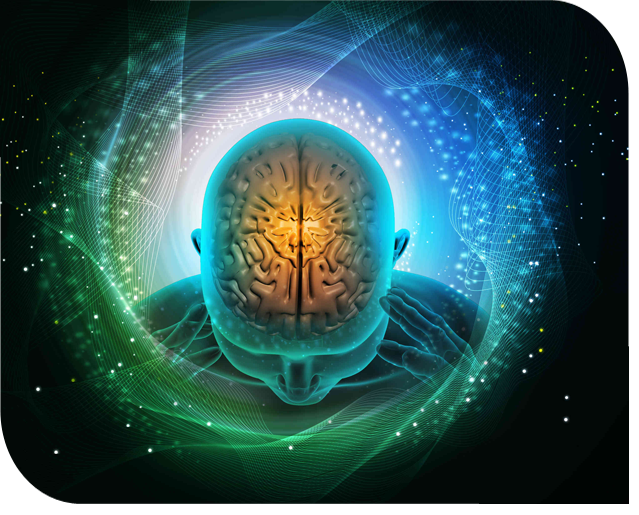
The primary integration stage follows. This period generally means a person feels ready and able to begin moving around again, eating, sitting outside in nature, and interacting or talking with providers about the experience. This is a time of deep waking reflection — the initial, intense and very much sedentary phases of the experience are over, and it is time for a person to reintegrate into their life, their reality, and to focus on applying the tools they have received, as well as remaining open as new insights and revelations continue to present themselves.
The secondary integration phase begins when a guest leaves our facility and re enters their life at home. Because Ibogaine has been shown to diminish cravings for up to six months following treatment — a critical time when most addicts relapse — the Ibogaine experience continues to support an individual long after leaving our care.
Ibogaine’s ability to offer a deep, rapid physical detoxification — while simultaneously allowing an individual to identify and address previous traumas, fears, guilt, shame, anger, aloneness, neglect, abuse, and other negative emotions linked to addiction — is the key to helping identify why addiction became a pattern of choice. This empowered knowledge of why a person chose addiction, and the objective experience of seeing the truth without judgment of self or others, truly facilitates healing. The awareness of the wound is the healing of the wound, and the means necessary to descreate old, destructive behaviors and choose healthy and self-serving patterns.
Ibogaine produces a significant shift in perspective — a shift that had felt completely unattainable to the person prior to the experience.
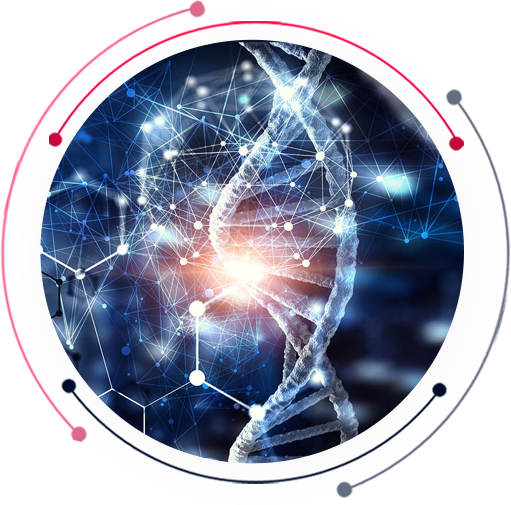
SAFETY
The practice of emergency preparedness and employing on-site medical professionals is the only way to ensure a safe Ibogaine treatment when substance abuse is present. In addition to these pieces, choosing an Ibogaine provider with many years experience treating individuals with varying levels of substance abuse is imperative.
Ibogaine Healing Center has made it a priority to create a clinical, medically-supervised space with qualified individuals available at all times to oversee the safety and effectiveness of treatment.
Our facility is located just 20 minutes from the nearest major 24-hour hospital that is fully equipped with emergency response equipment and medical doctors.
During sessions, Ibogaine Healing Center employs a full-time, in-house nurse throughout the duration of the retreat, as well as a medical doctor who conducts checkups on all guests upon arrival.
Our retreat facility also houses a full range of emergency response equipment that trained professionals are able to use immediately, in the uncommon event that it is required. This basic life support equipment includes, but is not limited to, machinery and medications used to treat cardiac emergency, epileptic seizures, severe dehydration and oxygen intake.
Our staff have experience working with Ibogaine in clinical substance detox settings, and we encompass a depth of knowledge pertaining to the pharmacodynamics of Ibogaine usage.
